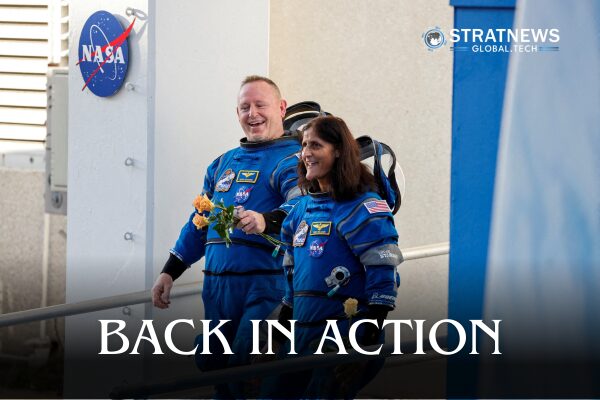NASA Astronauts Wilmore and Williams Regain Strength After Lengthy Space Mission
NASA astronauts Butch Wilmore and Suni Williams are easing back into their routines after returning to Earth in March. The pair had been aboard the International Space Station (ISS) for nine months, far longer than their planned eight-day mission aboard Boeing’s troubled Starliner capsule.
Following their return, the astronauts began a 45-day rehabilitation period. This programme, standard for long-duration space travellers, helps them readapt to gravity. Wilmore, 62, noted that balance issues vary among astronauts but typically resolve with time. “Gravity stinks for a period,” he joked.
During rehab, the duo worked daily with NASA’s strength and reconditioning specialists. Their schedule included at least two hours of physical recovery each day, alongside increasing commitments to Boeing and NASA-related programmes.
Physical Challenges After Return to Earth
Williams, 59, described her recovery as a gradual process. Some muscles reactivated slowly, causing fatigue and disrupting her usual early starts. However, she recently regained her energy. “Then I’m up at four in the morning, and I’m like, Aha! I’m back,” she shared.
Wilmore had neck and back issues before the mission, which eased in space. But as soon as they splashed down in the capsule, gravity reintroduced his pain. “We’re still floating in the ocean, and my neck starts hurting,” he recalled.
Living in microgravity causes significant effects on the human body. These include muscle loss, balance problems and cardiovascular shifts. In addition, space exposure brings higher radiation levels and psychological challenges from confinement.
Starliner’s Troubles and Future Plans
The extended mission came after propulsion problems grounded the Starliner capsule. NASA was forced to bring it back uncrewed, integrating the astronauts into the regular ISS schedule instead.
Boeing has already faced setbacks, including $2 billion in charges and a $410 million uncrewed mission in 2022 following a failed 2019 test. Now, NASA and Boeing must decide whether to fly the capsule without a crew once more.
Williams believes this is the right move. She compared the idea to the safer paths taken by SpaceX and Russia, which ran uncrewed tests before human flights. “I think that’s the correct path,” she said, adding she hopes Boeing and NASA agree soon.
NASA officials have stated that Starliner test results over the summer will influence this key decision.
with inputs from Reuters


